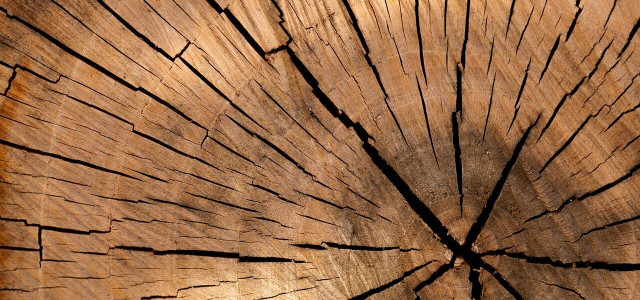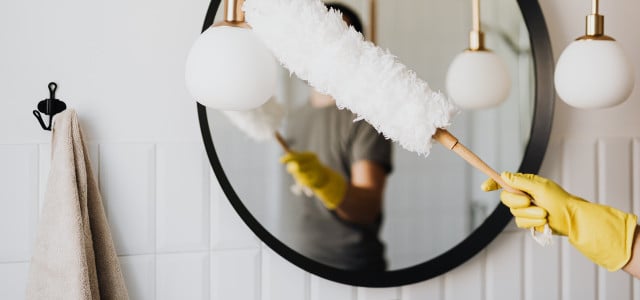Your wood looks moldy and you don’t know what to do? The mold on wood is caused by a type of fungus that can produce pigmented spores on its surface. In this article, we will give you tips on how you identify, prevent, and get rid of mold on wood step-by-step.
How do You Identify and Prevent Mold in Wood
Depending on the wood content, the mold on the wood could be different as it feeds on the structural polymers, sugars, and proteins within it. There are a lot of different mold types that generally produce spores in colors like black, white, green, orange, or purple. But there are even mold types that aren’t visible.
Also what sometimes initially looks like mold is just a discoloration of the wood. This can be a result of sun exposure, naturally occurring enzymes, minerals, fasteners, or even from the wood itself.
So how can you tell the difference? The presence of mold in wood is indicated by moisture, a damaged structure, and spores.
If the wood is slightly discolored it might just be a stain on its surface. When that it has gone greyish and has been outside, it could be a result of sun exposure. Otherwise, the streaks or stains coming from the nails or fasteners in your wood could simply be iron stains.
Without proper care, any type of wood is susceptible to acquiring mold. Preventing mold on wood is as simple as regular cleaning, and minimizing moisture. A dry and clean environment is ideal, so open the window regularly to increase the airflow and keep an eye out for dirty or wet spots.
How do You get Rid of Mold?



You’ve identified mold on your wood? Here are four steps you can take to kill it.
Step 1: Protect Yourself
Wear protective gear including goggles, a face and nose mask, and rubber gloves while cleaning. Mold can be dangerous if inhaled or ingested.
Step 2: Vacuum The Area
Run a vacuum cleaner over the area to remove any loose mold spores. If possible, use a HEPA (high-efficiency particulate air) filter which helps promote a safe and efficient removal. After that, try to empty the vacuum cleaner outside.
Step 3: Clean Off The Mold
The good news is you don’t need anything more than your household non-toxic products. Here are some options:
- Baking soda: Add 1 tablespoon of baking soda to a spray bottle of water and shake until dissolved. Spray the area and use a scrub brush to remove the mold from the surface. Rinse to remove any residue and end with a final spray finish to prevent the mold from returning.
- Hydrogen peroxide: Pour 3 % concentration of hydrogen peroxide into a spray bottle and spray over the surface – leave for 10 minutes and scrub to remove stains. Wipe dry.
- Lemons: Juice 3-5 lemons into a cup and pour over the moldy area – let sit for 5 minutes and wipe off with a damp towel.
- Tea tree oil: Combine 1 teaspoon with 1 cup of water into a spray bottle and shake up to blend. Spray the moldy area, and leave to dry for an hour, and then wipe with a microfiber cloth or dry towel.
- White vinegar: Put undiluted white vinegar into a spray bottle and spray onto the moldy surface. Leave for an hour. Use water to wipe the area clean and leave it to dry.
Step 4: Sand The Surface
For those stubborn traces left under the surface, sanding is your final option. Take care not to sand away too much of the surrounding areas by using 100-grit sandpaper on the affected part. Repeat Step 2 to remove the dust and any loosened mold spores.
Read on:
- How to Remove Superglue from Skin, Textiles, and Surfaces
- Zero Waste Bathroom: Tips for Using Less Plastic
- 15 Ways to Clean Your Home Using Apple Cider Vinegar
Do you like this post?








